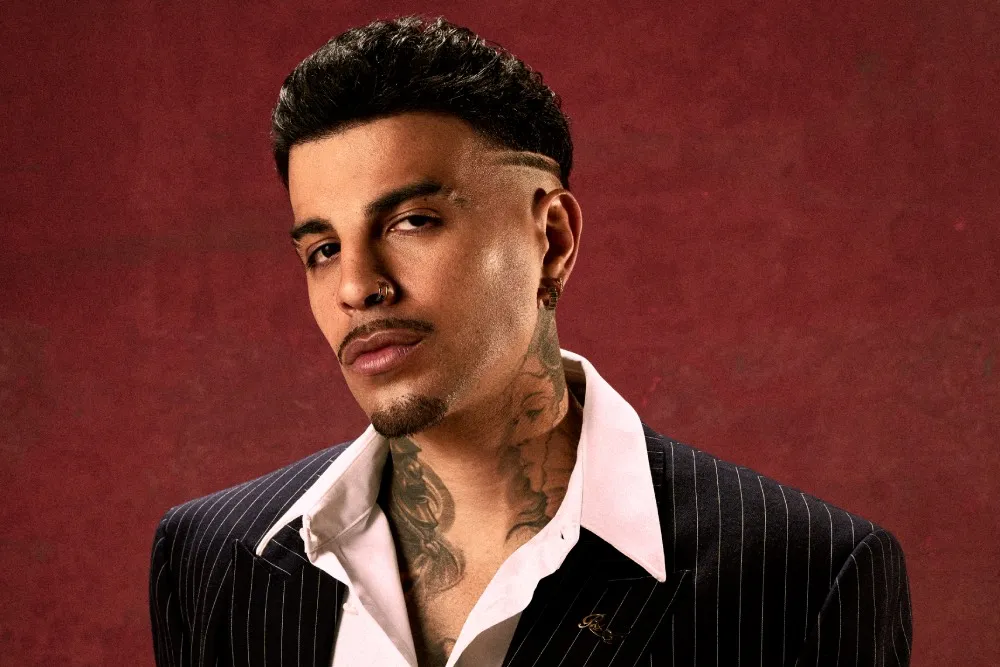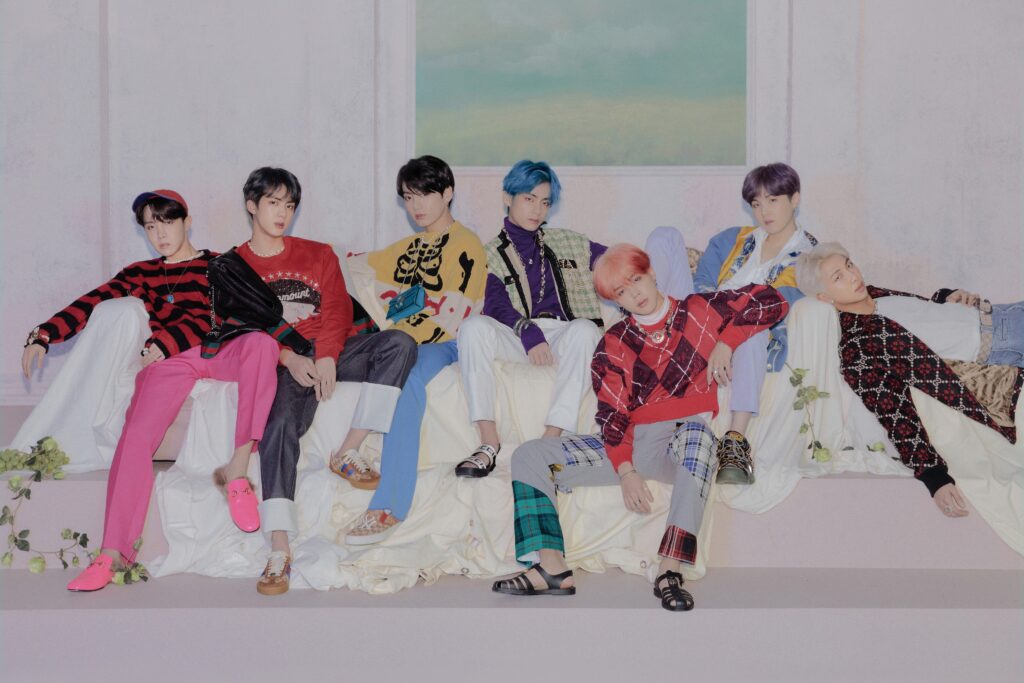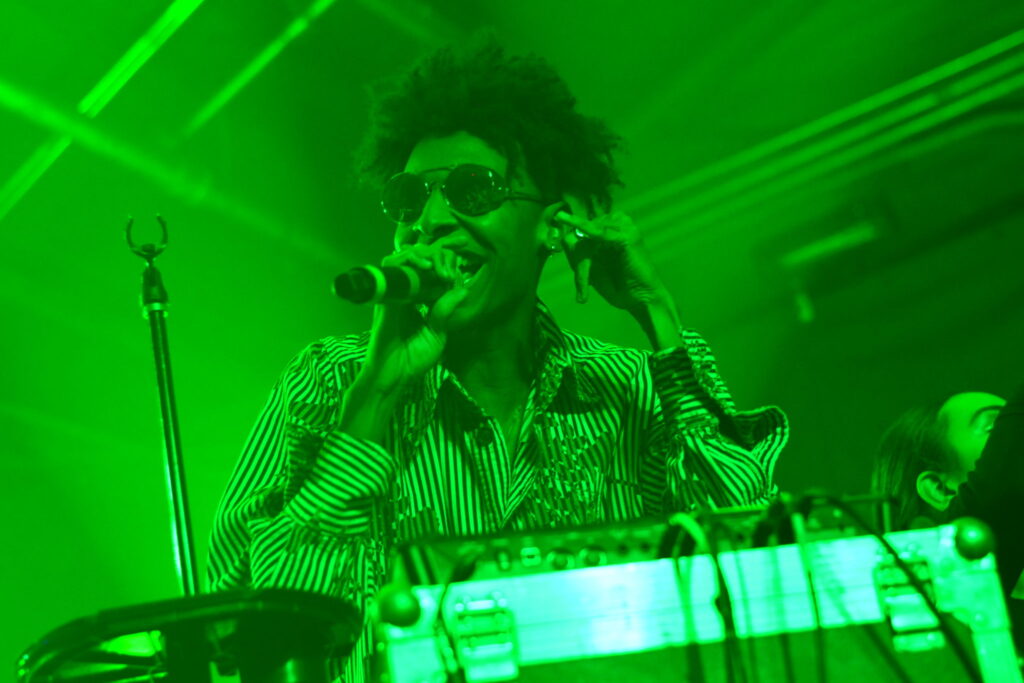Gotta Get With My Friends: How The Spice Girls Turned Girl Power Mainstream
Written by Adison Eyring on November 8, 2018
With the Spice Girls announcing their U.K. reunion tour and their spiritual successors Little Mix dropping a buzz track proclaiming that they’re “on that feminist tip,” I’ve been thinking a lot about the history of feminism in mainstream pop music – like, more than usual, which is really saying something for me. In our current era of music (which I semi-arbitrarily mark the start of as being Beyonce standing proudly in front of the word FEMINIST in bright lights in her 2014 VMAS performance), few mainstream pop artists still consider ‘feminist’ a label they should shy away from. The reasons behind this are layered and not entirely altruistic, from an industry standpoint, however, they didn’t arise out of anywhere. I could honestly write an entire senior thesis on the topic but let’s face it, we both have midterms (be it academic or political) that we’re still reeling from, so let’s keep it brief by narrowing it down to the arguable origins of mainstream feminism: the Spice Girls.
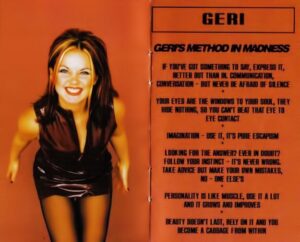
The Spice Girls and the subsequent movement in pop was closely aligned with the fundamentals of third-wave feminism, which was the general body of thought in the women’s movements of the 1990s and 2000s. This iteration of feminist theory that placed greater emphasis on individuality, reclamation of femininity, and sexual liberation, but there was something else that was new: Tweenie-boppers started espousing new feminist values and taglines, all without having to read gender theory. Girl power became the wave (or at least a smaller wave right next to the big one) and made complex ideas about women’s liberation accessible, flashy, and fun.
We owe a lot of this to the Spice Girls, who changed the tides and proved to the world that existing in the public sphere as girls, for girls, could work.
Lyrically they promoted positivity, individuality, and female solidarity, but their greatest selling point was always their personalities. Their music videos showed an embrace of silliness and a PG-friendly ownership of their sexuality. Every interview, video, movie, tour, or doll rejected the patriarchal ideal that women and girls need to sit down, be quiet, and find a man – and their young fans heard that message loud and clear. Women and girls of every age group found solace in the way the Spice Girls celebrated the infinite paths that could be taken to womanhood. They also gave a safe model for girls to see how these seemingly conflicting ideas about femininity (athletic versus girly versus wild) could coincide in a friend group, in a society, or even in a single girl.
The representation of multiple women working together for a common goal without tearing each other down or male interference was an absurd concept in the eyes of media execs, but it made bank. It still does. I mean, they made such an impact on girls’ lives that they still have the ability to go on reunion tour after reunion tour, and that sort of loyalty can only emerge as a result of real, tangible, personal impact. The Spice Girls are still so emblematic of #GirlPower that their messages, image, and lyrics are still being used to sell feminist apparel or promote global human rights campaigns (which, I know, are truly two separate ends of the feminist spectrum).
It was around this time in the US that female rappers and R&B singers were rejecting financial dependence on men, sexist double standards, and female beauty ideals, and the message caught on like wildfire. There was still plenty of room for improvement (and still is), but never before had mainstream pop been so radically pro-women. One of the defining narratives of popular music for the era became female independence – that changed the pop landscape forever, and we’re fortunately still seeing the effects today.
Of course, ‘girl power’ was also a marketing tactic, and there were a lot of morally dubious people behind the scenes profiting off of gender politics they didn’t truly support. However, the boost in confidence and self-image of young girls (their target demographic) was not inconsequential. Sure, feminism was packaged as something that could be bought and sold, but the ideas (or at least, some stripped-down form of those ideas) got out there. It exposed teenage girls to something they could use to empower themselves and build off of in their day to day lives. The Spice Girls were a gateway drug to more critical feminism for anyone willing to delve deeper, and many were.
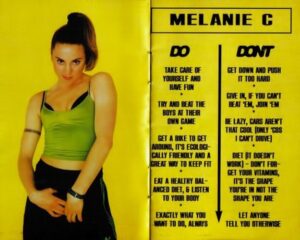
Plus, the Spice Girls and artists in their vein lived by what they were preaching – which, in the heyday of gossip mags making pop stars’ lifestyles public knowledge, meant a lot. They slipped and didn’t always have perfect politics (they once famously said Margaret Thatcher was the “pioneer of girl power”), but they were real, and they were trying. Our cultural perception of female pop stars began to shift away from the Madonna/Whore complex and towards viewing them as real people with messages, politics, and a responsibility to empower their impressionable young fans. It may have not have been the first time pop music was used to spread a message, but it was the first time pop stars marketed to young girls had their best interest at heart.
Any social movement is marketable in the right packaging, and yes, we should absolutely stay wary and critical of that, and no, we should not turn our pop idols into our political theorists – but gosh, they made feminism fun.
Check out some of nine-year-old-me’s favorite girl power anthems from the late 1990s and early 2000s below.
https://open.spotify.com/user/adisun/playlist/6d8JxjyFMG0xmmTMiNSwnS?si=8L4ifxYAQe-b2jeUFJtfcA
